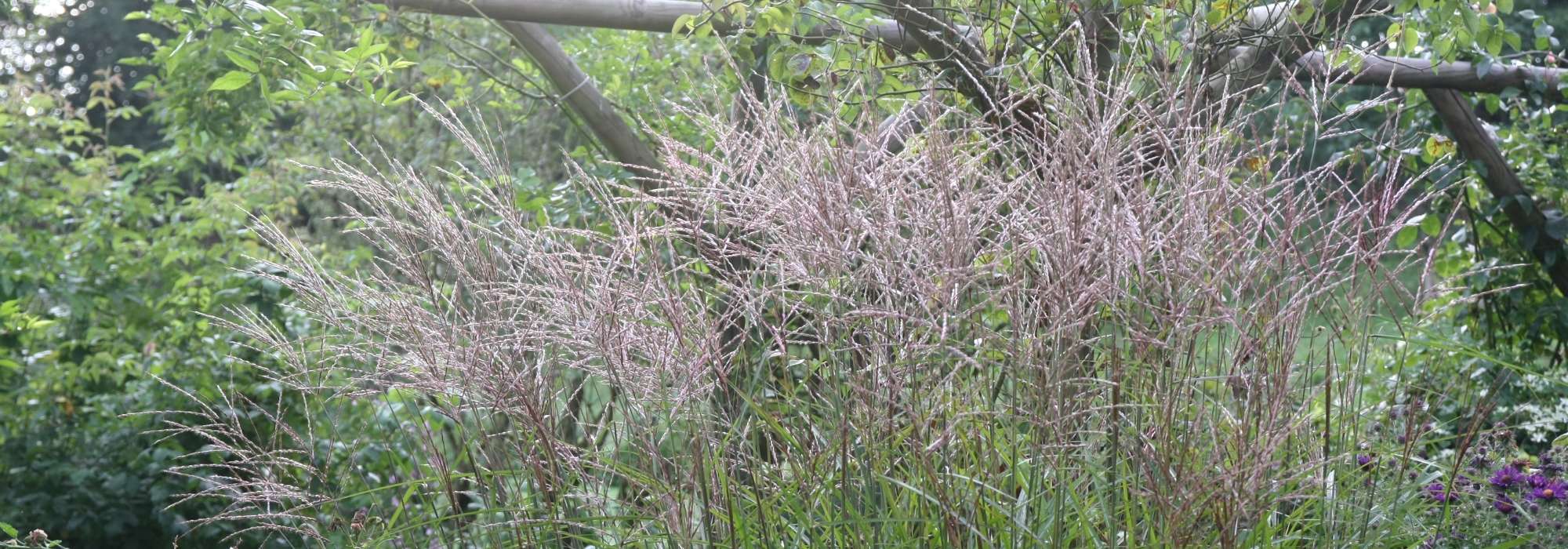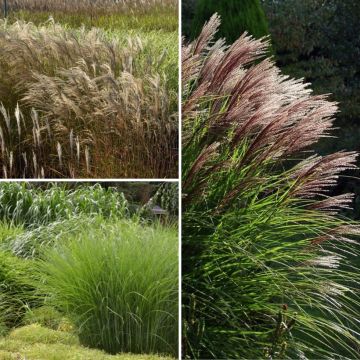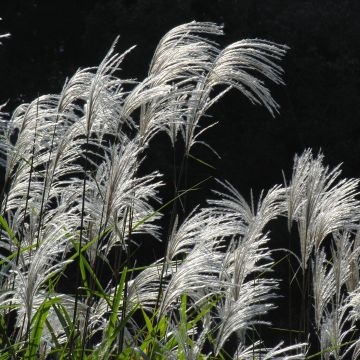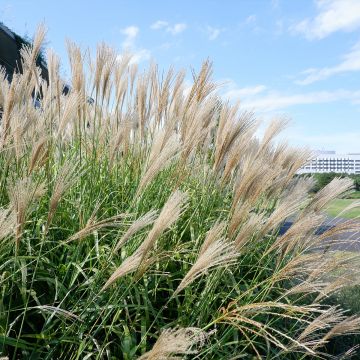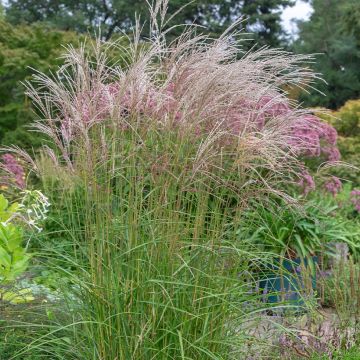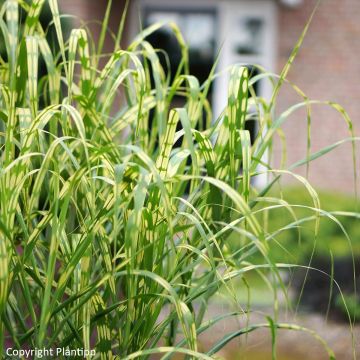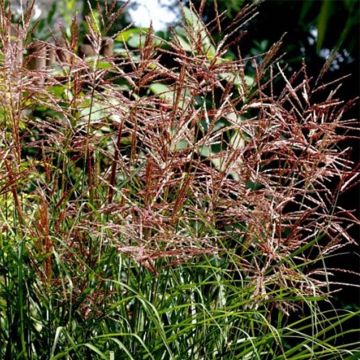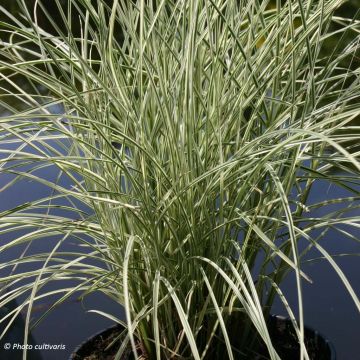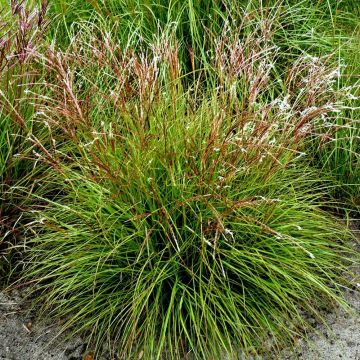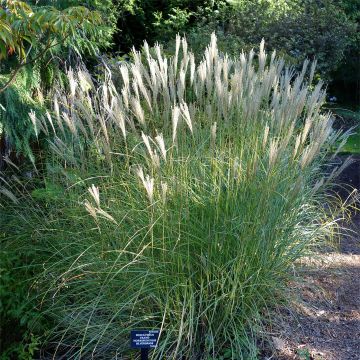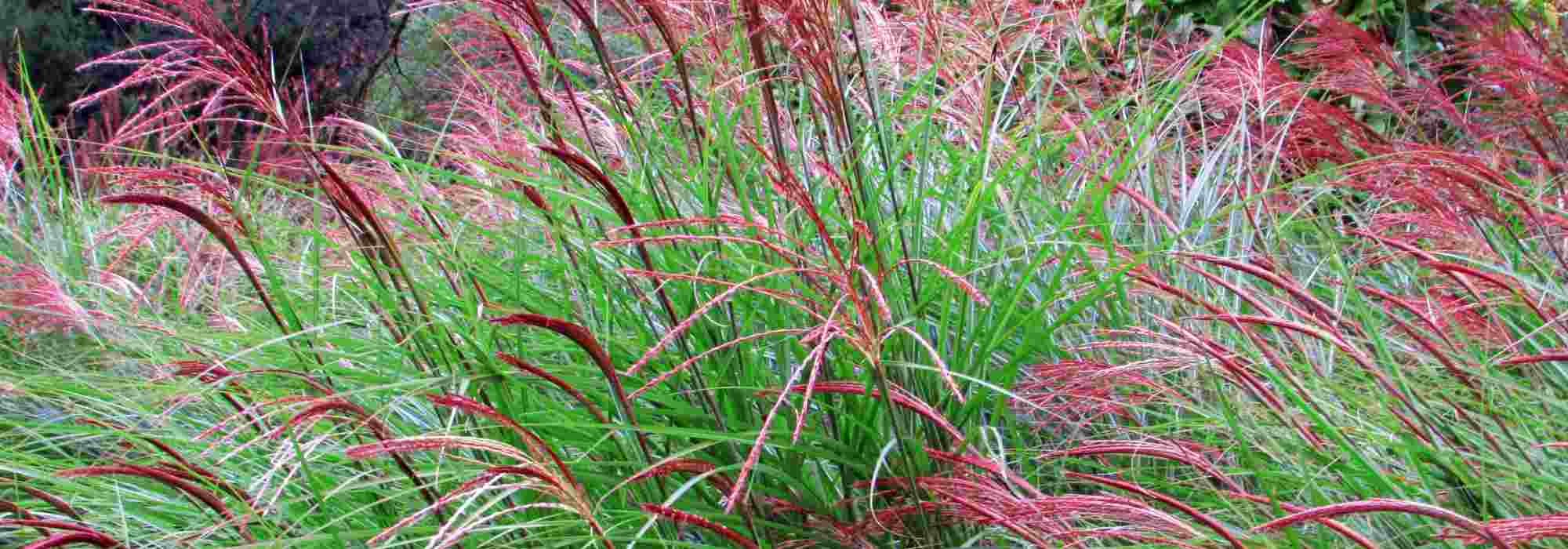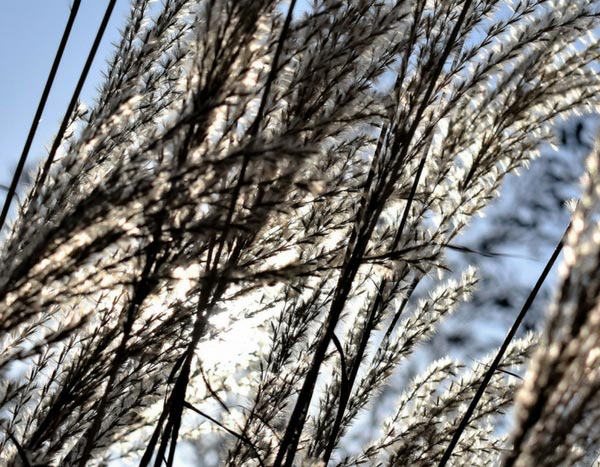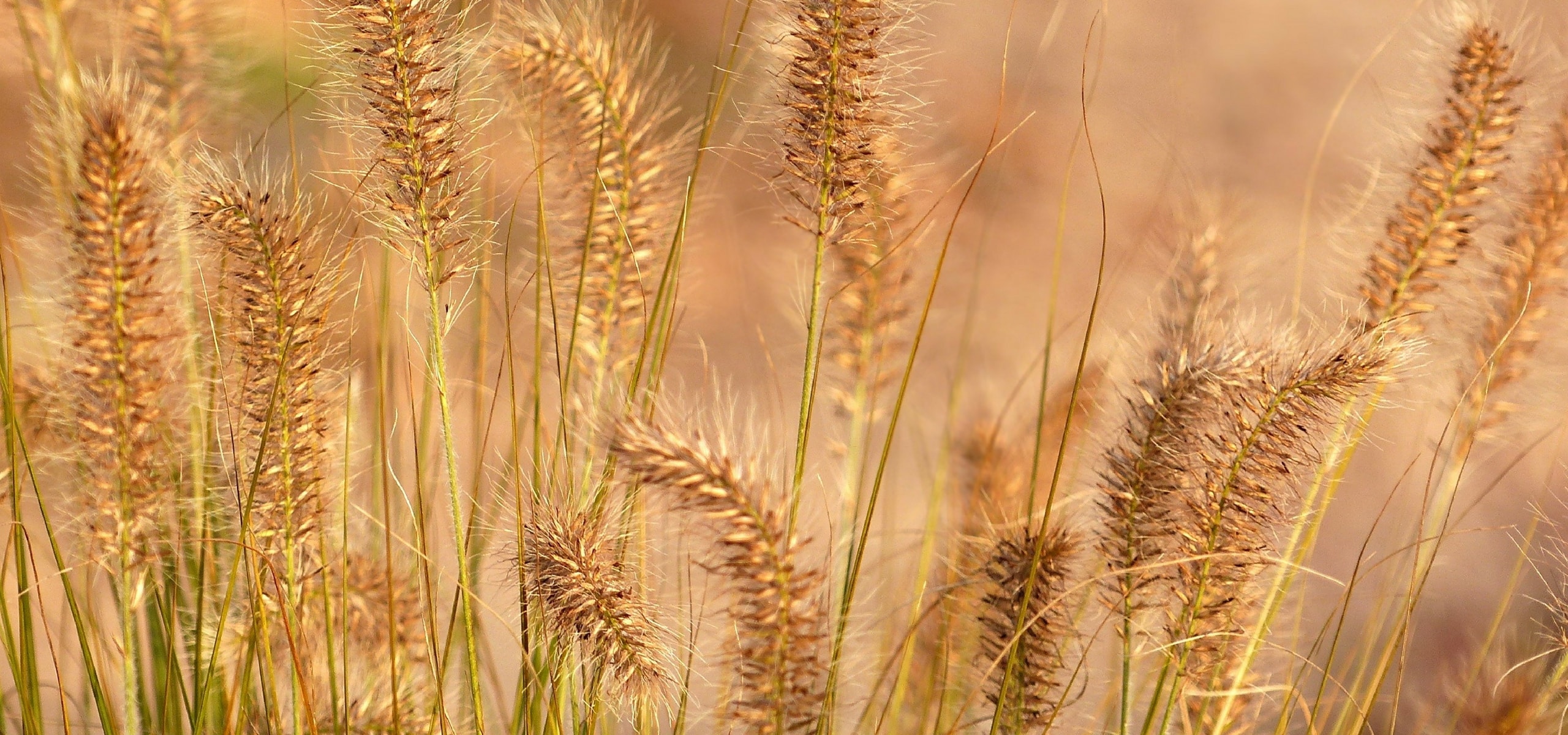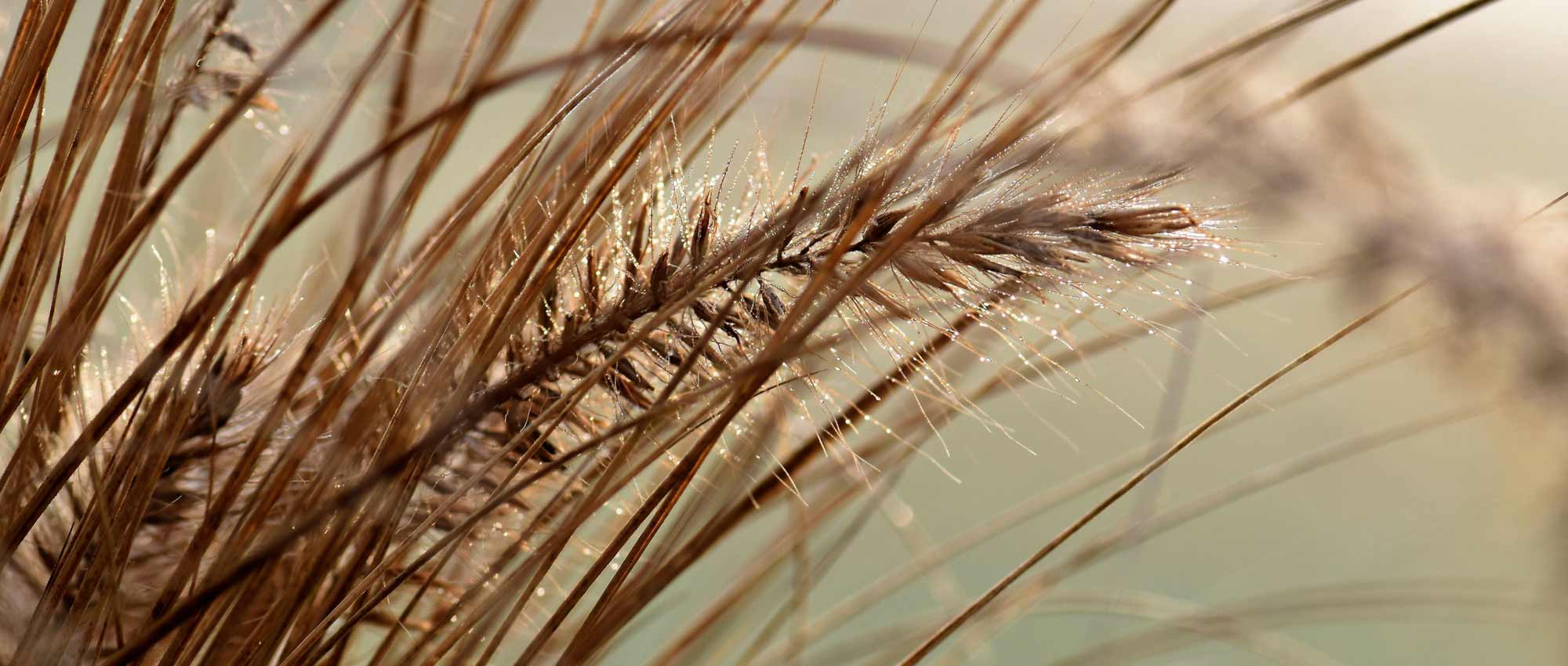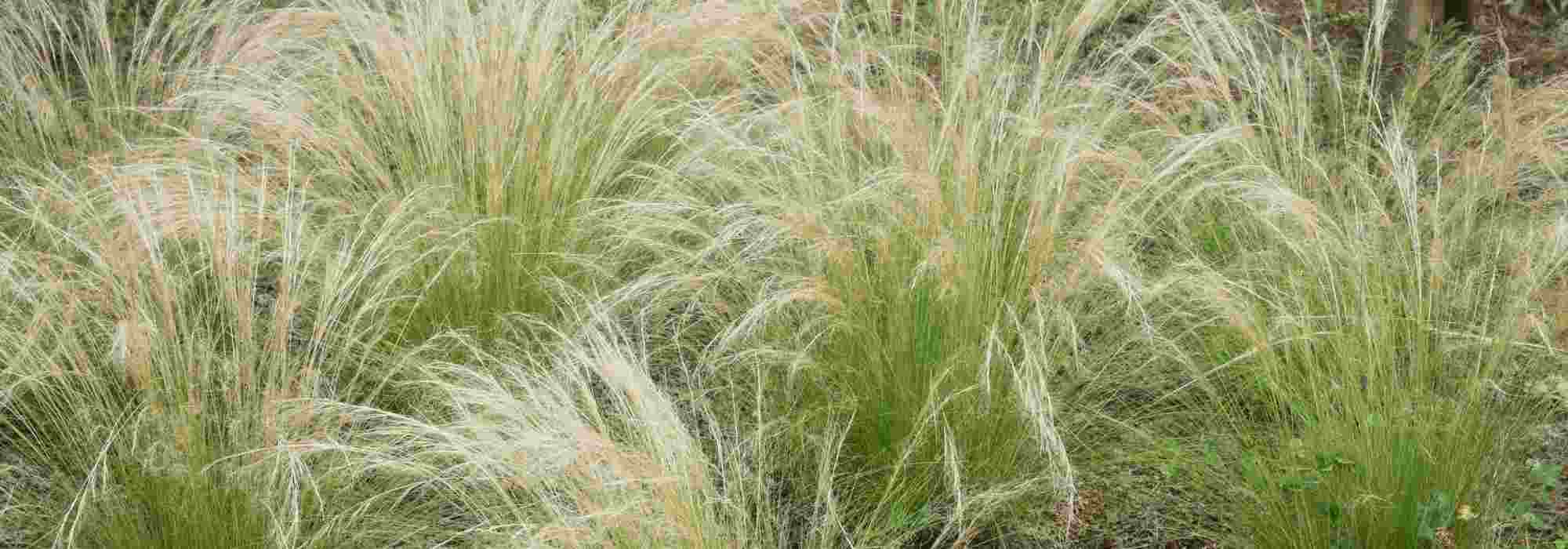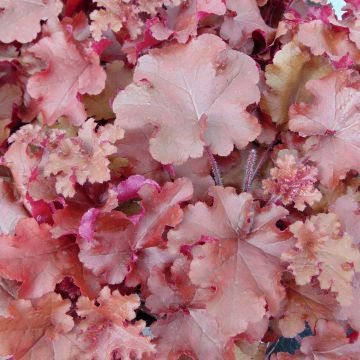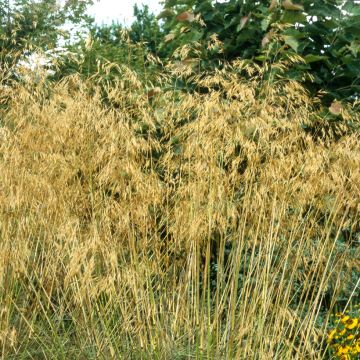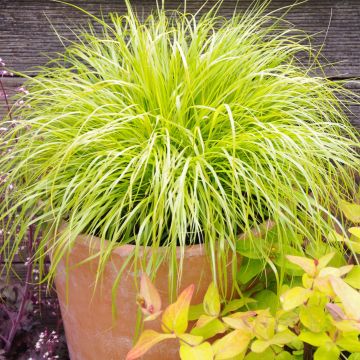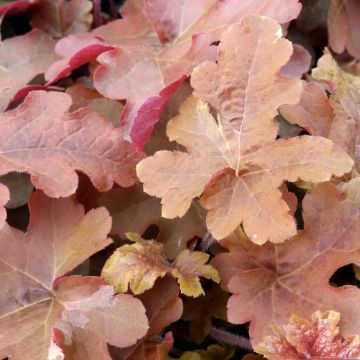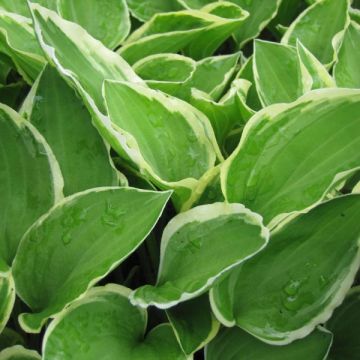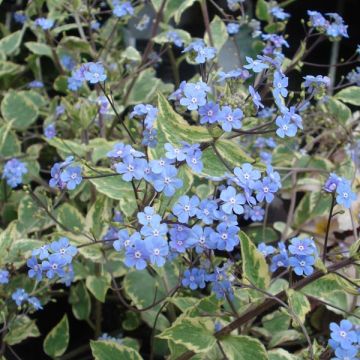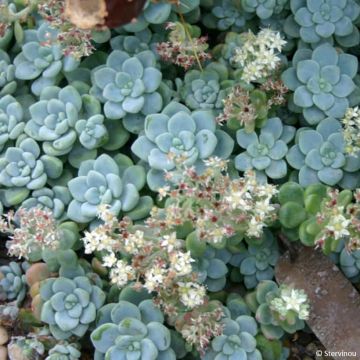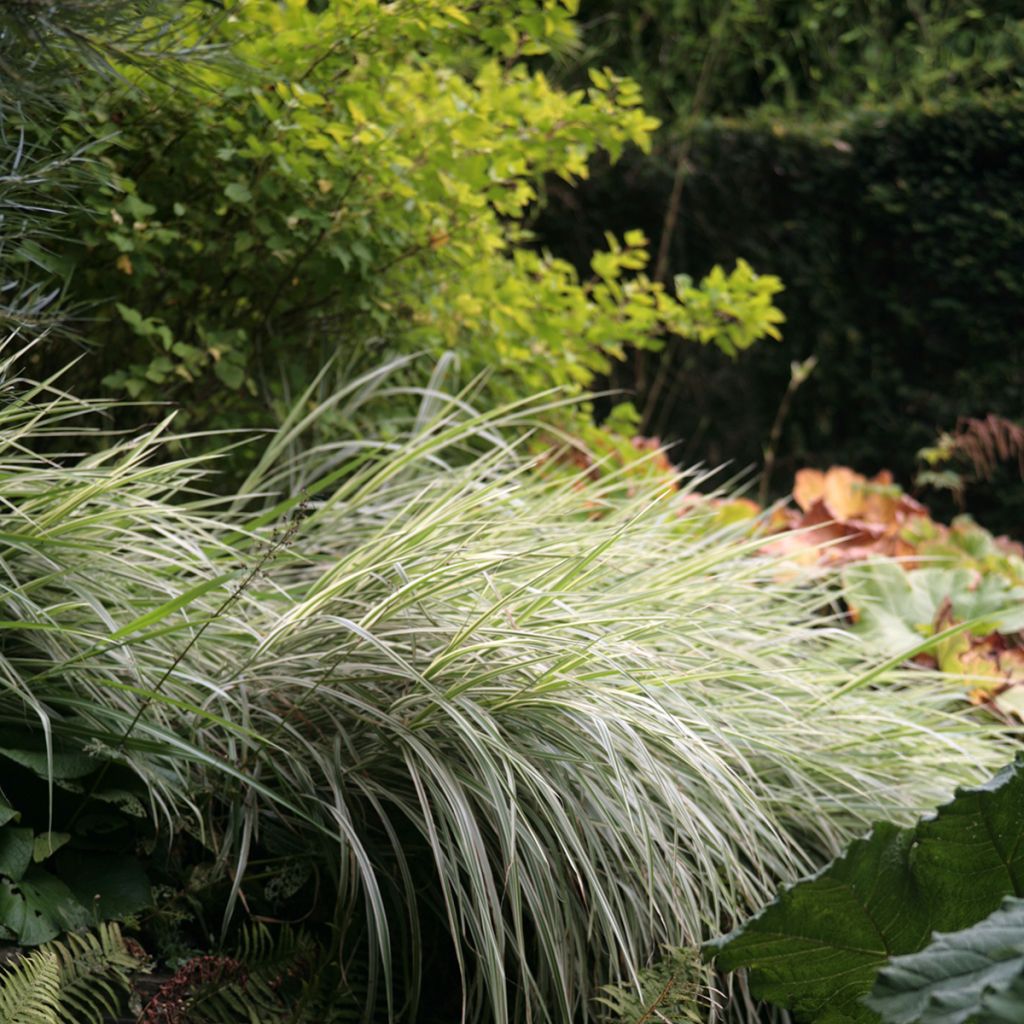

Miscanthus sinensis Variegatus
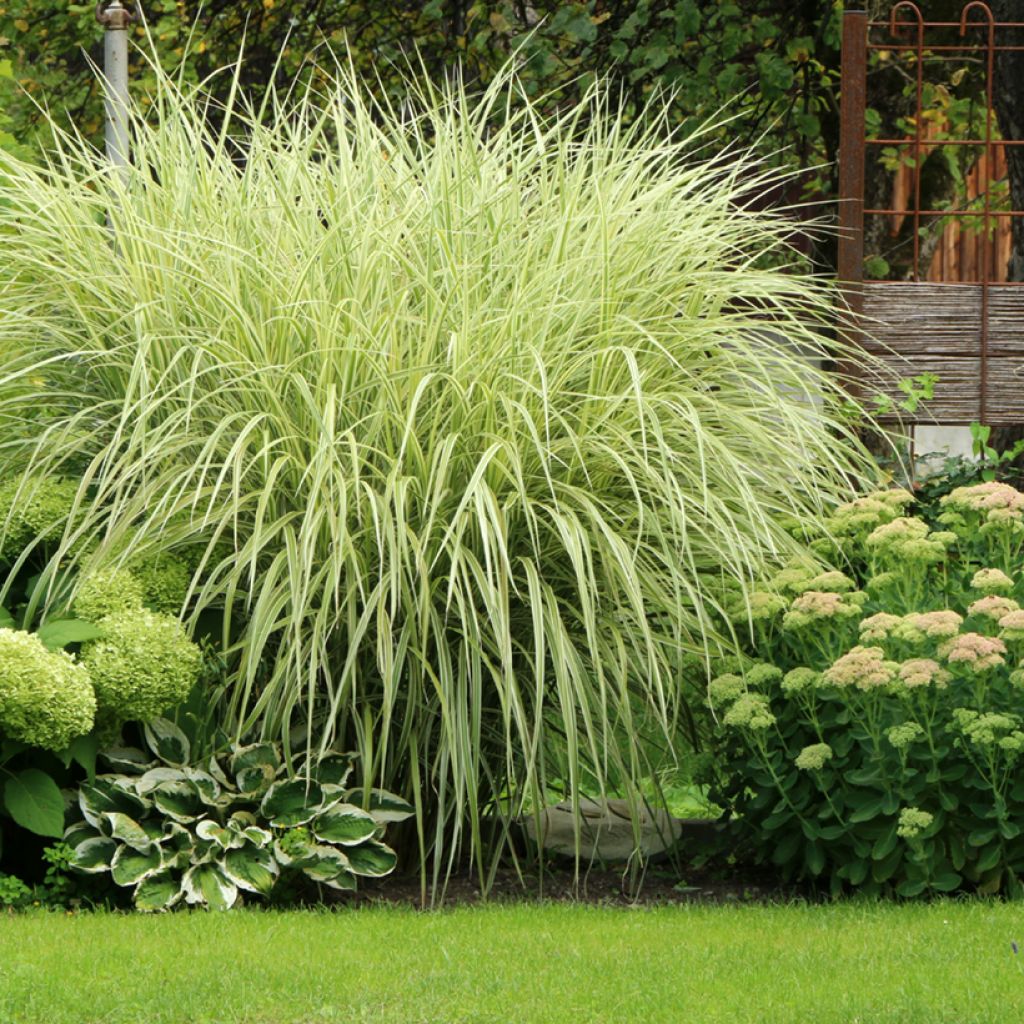

Miscanthus sinensis Variegatus
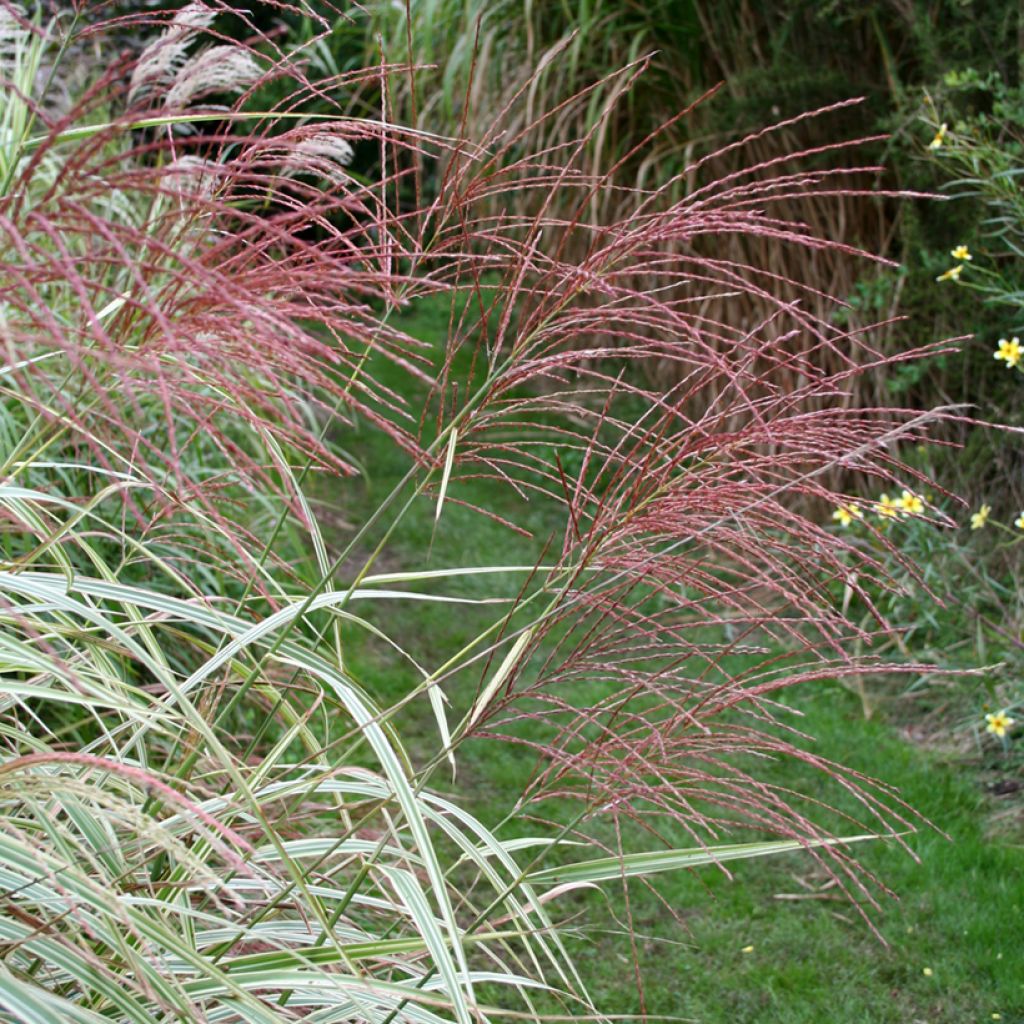

Miscanthus sinensis Variegatus
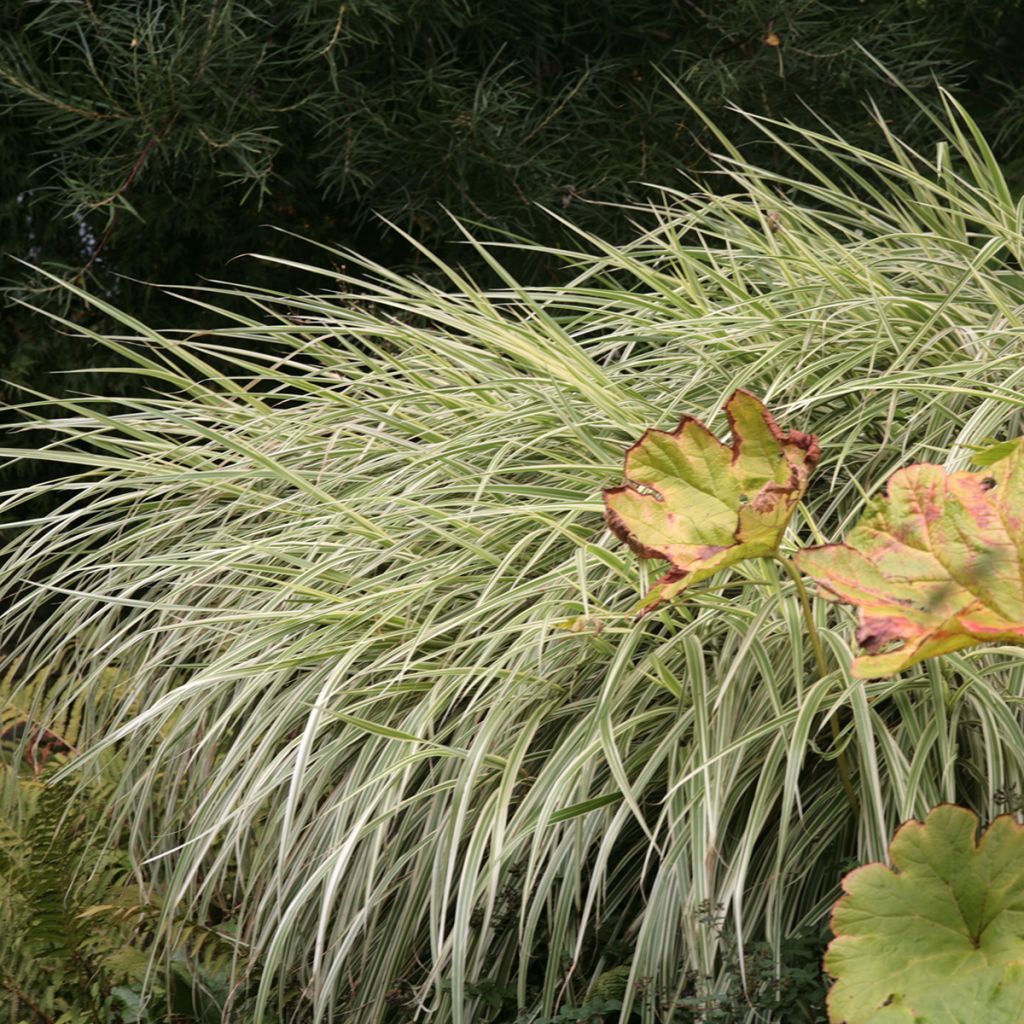

Miscanthus sinensis Variegatus
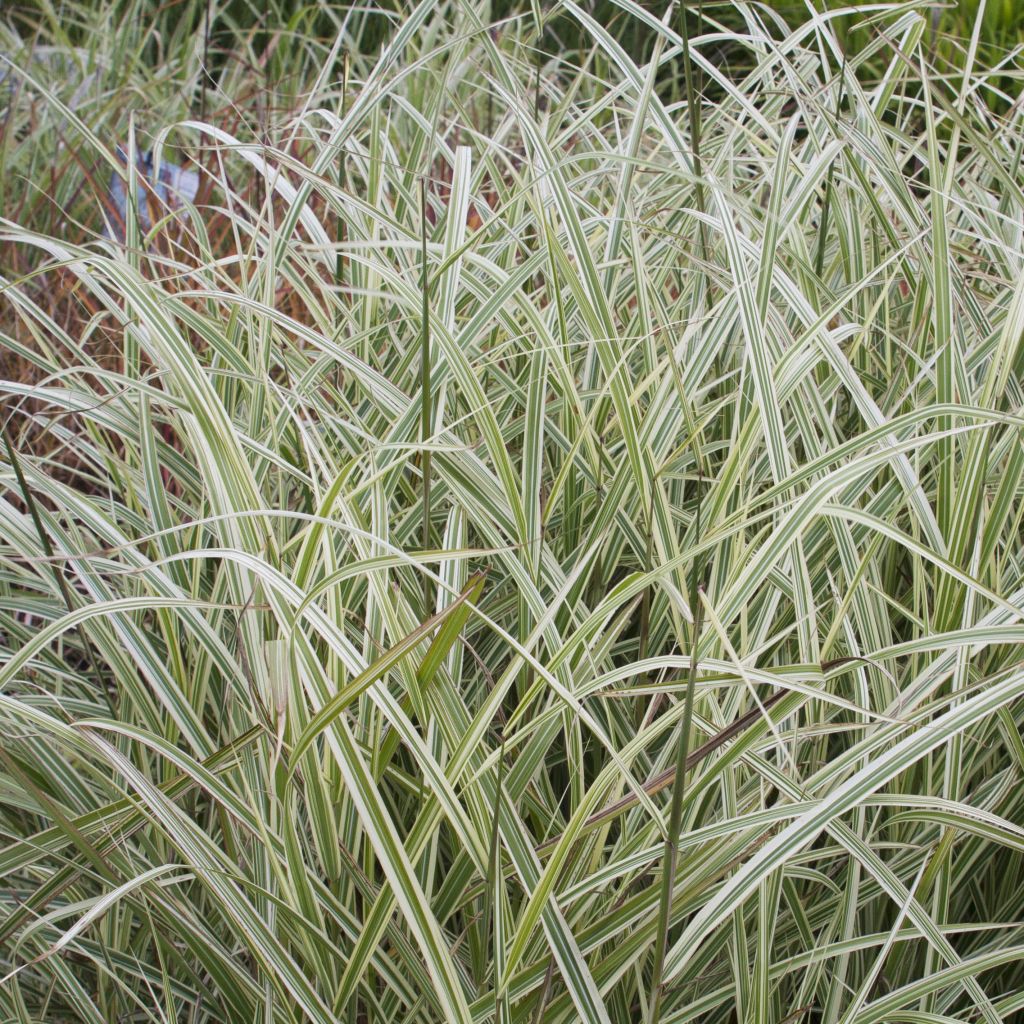

Miscanthus sinensis Variegatus
Miscanthus sinensis Variegatus
Miscanthus sinensis Variegatus
Chinese Silver Grass, Eulalia, Maiden Grass, Zebra Grass, Suzuki Grass
Planted in ordinary soil in spring, rather chalky, grew 40cm by autumn. Good appearance, delicate bicolour green cream leaf. Sun to partial shade exposure. Oise.
Pascal, 02/11/2024
Special offer!
Receive a €20 voucher for any order over €90 (excluding delivery costs, credit notes, and plastic-free options)!
1- Add your favorite plants to your cart.
2- Once you have reached €90, confirm your order (you can even choose the delivery date!).
3- As soon as your order is shipped, you will receive an email containing your voucher code, valid for 3 months (90 days).
Your voucher is unique and can only be used once, for any order with a minimum value of €20, excluding delivery costs.
Can be combined with other current offers, non-divisible and non-refundable.
Home or relay delivery (depending on size and destination)
Schedule delivery date,
and select date in basket
This plant carries a 12 months recovery warranty
More information
We guarantee the quality of our plants for a full growing cycle, and will replace at our expense any plant that fails to recover under normal climatic and planting conditions.
Does this plant fit my garden?
Set up your Plantfit profile →
Description
The Miscanthus chinensis Variegatus, known as the Chinese Silver Grass or Eulalia, stands out with its variegated silver foliage, featuring narrow leaves marked with cream-white and pale green longitudinal stripes. Its inflorescences appear in late summer as pink-orange plumes, turning white when ripe. Charming and poetic, this tall Chinese grass has a graceful fountain-like habit. It is a luminous and floriferous grass, a bit slow to establish, preferring warm and sunny locations in ordinary soil that retains moisture.
The Miscanthus chinensis Variegatus is a plant from the grass family (Poaceae), native to China and Japan (in the pan-Himalayan region up to an altitude of 2000m (6562ft)). This tall perennial grass with short rhizomes forms a vigorous clump with an upright and trailing habit, quickly reaching a height of 1.80m (6ft) and spreading 1.00m (3ft) wide. The leaves are thin, narrow, long, flexible, pale green with vertical cream-white stripes. Long flower stalks emerge from the foliage from September to November in silky digitate spikes measuring 20 to 30cm (8 to 12in) long, pink-orange. As they fade, they take on a silvery hue. The plumes consist of tiny pinkish flowers that appear and then close slightly before reopening when ripe. They then become paler and more fluffy. Its growth is slower than other varieties, but with time it becomes spectacular.
The Variegated Chinese Silver Grass is a very luminous plant. It has deciduous foliage but remains attractive for much of the winter. It is a "grass" made for large borders, bringing a beautiful structure and a lot of grace. It is also suitable for wild gardens and contemplative gardeners. Just plant it among asters, behind garden chrysanthemums or repeat-flowering roses, watch it grow and expand, play with the wind and the low autumn light, and bend under the rain showers. Come winter, just like conifers, it lights up the garden with its reassuring silhouette. It has its place in modern gardens, with clean lines, alongside bamboo or ferns if the soil is moist. Miscanthus also lends itself well to hedge planting, creating a screen along a path, isolating a part of the garden, or simply hiding the view of the street or a neighbour's garden. In this usage, they offer a slightly surreal walk amidst the vegetation. These grasses bring volume and texture to the garden boundaries, creating a natural transition to the open areas. In an urban garden, the Variegated Chinese Silver Grass softens concrete structures. It can also be grown in large containers. It can also be planted near water features but in well-drained soil, projecting its graceful silhouette on the water's surface, creating a poetic scene. Lastly, this Eulalia can be used to create beautiful dried bouquets.
Some varieties of giant Miscanthus are currently being studied, as they offer real prospects for biomass production or fibre panels. These plants have several advantages: they do not deplete the soil, tolerate polluted soils well, can be incinerated without valorization, or even used for biofuel production.
*This term refers, for example, to grass whose rhizomes are not spreading.
Miscanthus sinensis Variegatus in pictures


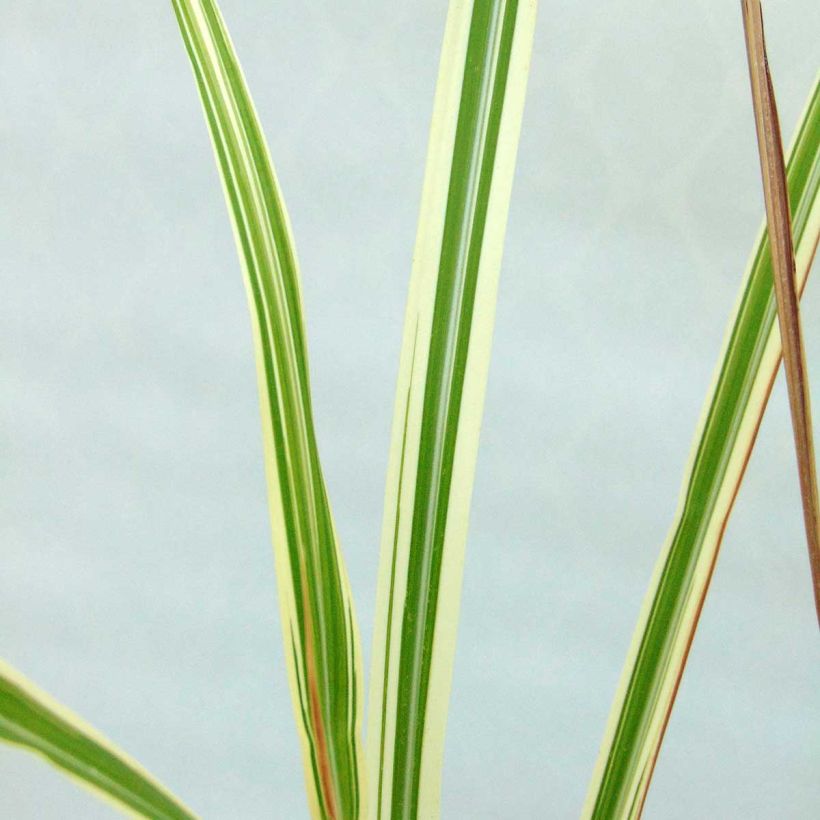



Flowering
Foliage
Plant habit
Botanical data
Miscanthus
sinensis
Variegatus
Poaceae
Chinese Silver Grass, Eulalia, Maiden Grass, Zebra Grass, Suzuki Grass
Cultivar or hybrid
Other Miscanthus
View all →Planting and care
Miscanthus sinensis Variegatus thrives in warm exposures and healthy, rich, deep, well-drained but moisture-retaining soil. This plant tolerates occasional drought if the soil is deep. It is best to cut back the foliage to ground level in early spring after the strongest frosts have passed. Choose a large container (minimum 45L) filled with a fertile, draining, and flexible growing medium for planting. A mixture composed of 20% good garden soil, 20% drainage elements (pumice or gravel or coarse river sand), and 60% horticultural compost. Apply well-rotted compost once or twice yearly (end of winter and autumn) or slow-release fertiliser.
Planting period
Intended location
Care
Planting & care advice
-
, onOrder confirmed
Reply from on Promesse de fleurs
Similar products
Haven't found what you were looking for?
Hardiness is the lowest winter temperature a plant can endure without suffering serious damage or even dying. However, hardiness is affected by location (a sheltered area, such as a patio), protection (winter cover) and soil type (hardiness is improved by well-drained soil).

Photo Sharing Terms & Conditions
In order to encourage gardeners to interact and share their experiences, Promesse de fleurs offers various media enabling content to be uploaded onto its Site - in particular via the ‘Photo sharing’ module.
The User agrees to refrain from:
- Posting any content that is illegal, prejudicial, insulting, racist, inciteful to hatred, revisionist, contrary to public decency, that infringes on privacy or on the privacy rights of third parties, in particular the publicity rights of persons and goods, intellectual property rights, or the right to privacy.
- Submitting content on behalf of a third party;
- Impersonate the identity of a third party and/or publish any personal information about a third party;
In general, the User undertakes to refrain from any unethical behaviour.
All Content (in particular text, comments, files, images, photos, videos, creative works, etc.), which may be subject to property or intellectual property rights, image or other private rights, shall remain the property of the User, subject to the limited rights granted by the terms of the licence granted by Promesse de fleurs as stated below. Users are at liberty to publish or not to publish such Content on the Site, notably via the ‘Photo Sharing’ facility, and accept that this Content shall be made public and freely accessible, notably on the Internet.
Users further acknowledge, undertake to have ,and guarantee that they hold all necessary rights and permissions to publish such material on the Site, in particular with regard to the legislation in force pertaining to any privacy, property, intellectual property, image, or contractual rights, or rights of any other nature. By publishing such Content on the Site, Users acknowledge accepting full liability as publishers of the Content within the meaning of the law, and grant Promesse de fleurs, free of charge, an inclusive, worldwide licence for the said Content for the entire duration of its publication, including all reproduction, representation, up/downloading, displaying, performing, transmission, and storage rights.
Users also grant permission for their name to be linked to the Content and accept that this link may not always be made available.
By engaging in posting material, Users consent to their Content becoming automatically accessible on the Internet, in particular on other sites and/or blogs and/or web pages of the Promesse de fleurs site, including in particular social pages and the Promesse de fleurs catalogue.
Users may secure the removal of entrusted content free of charge by issuing a simple request via our contact form.
The flowering period indicated on our website applies to countries and regions located in USDA zone 8 (France, the United Kingdom, Ireland, the Netherlands, etc.)
It will vary according to where you live:
- In zones 9 to 10 (Italy, Spain, Greece, etc.), flowering will occur about 2 to 4 weeks earlier.
- In zones 6 to 7 (Germany, Poland, Slovenia, and lower mountainous regions), flowering will be delayed by 2 to 3 weeks.
- In zone 5 (Central Europe, Scandinavia), blooming will be delayed by 3 to 5 weeks.
In temperate climates, pruning of spring-flowering shrubs (forsythia, spireas, etc.) should be done just after flowering.
Pruning of summer-flowering shrubs (Indian Lilac, Perovskia, etc.) can be done in winter or spring.
In cold regions as well as with frost-sensitive plants, avoid pruning too early when severe frosts may still occur.
The planting period indicated on our website applies to countries and regions located in USDA zone 8 (France, United Kingdom, Ireland, Netherlands).
It will vary according to where you live:
- In Mediterranean zones (Marseille, Madrid, Milan, etc.), autumn and winter are the best planting periods.
- In continental zones (Strasbourg, Munich, Vienna, etc.), delay planting by 2 to 3 weeks in spring and bring it forward by 2 to 4 weeks in autumn.
- In mountainous regions (the Alps, Pyrenees, Carpathians, etc.), it is best to plant in late spring (May-June) or late summer (August-September).
The harvesting period indicated on our website applies to countries and regions in USDA zone 8 (France, England, Ireland, the Netherlands).
In colder areas (Scandinavia, Poland, Austria...) fruit and vegetable harvests are likely to be delayed by 3-4 weeks.
In warmer areas (Italy, Spain, Greece, etc.), harvesting will probably take place earlier, depending on weather conditions.
The sowing periods indicated on our website apply to countries and regions within USDA Zone 8 (France, UK, Ireland, Netherlands).
In colder areas (Scandinavia, Poland, Austria...), delay any outdoor sowing by 3-4 weeks, or sow under glass.
In warmer climes (Italy, Spain, Greece, etc.), bring outdoor sowing forward by a few weeks.






























